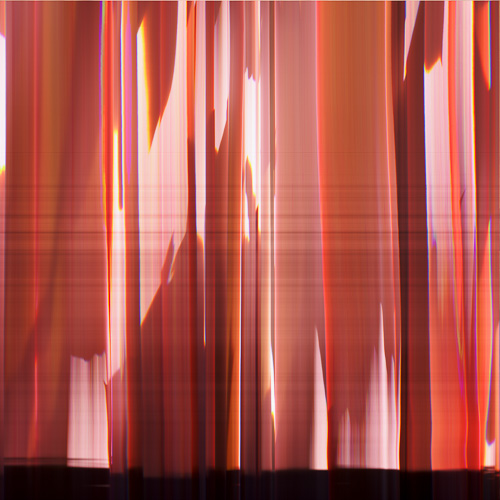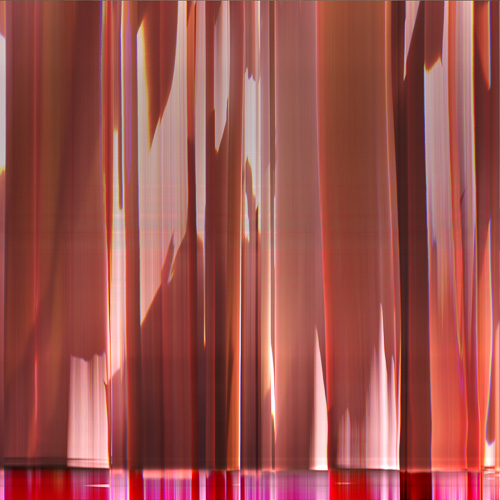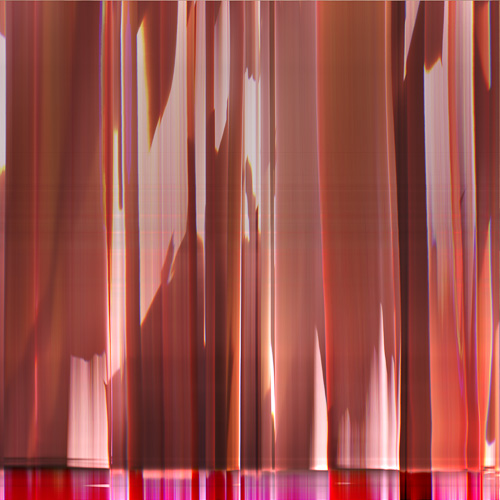In my previous post, I showed you what happens in the succulent slit-scans when atmospheric haze comes and goes over a seven-hour period. Today, I’d like you to see the results of my attempts to process the images to remove the artifacts (I call them artifacts because I don’t like them; I realize that they are indeed faithful representations of what took place during the exposure).
For reference, here’s the image with the banding:
I wrote a Matlab script to process each line of the image so that all lines have the same average value. Here’s what resulted:
There are problems.
- The very bottom of the image, when the plant was in shadow, shouldn’t be boosted nearly so much. That’s pretty easy to fix; just cap the amount of boost.
- The upper part of the image should have a higher average value than the lower part because more of the succulent was front-lit then.
- There are chromaticity changes that go along with the luminance ones; evidently, when the sun was obscured slightly with haze, there is less blue from the rest of the sky. I hadn’t noticed that before the luminance was equalized, but you can sure see it afterwards.
I tried messing with the amount of darkening the equalization algorithm introduces in order to deal with the second bullet above:
There is a slight improvement, but I think this image is beyond saving, at least by me. I’m going to have to reshoot.



Leave a Reply